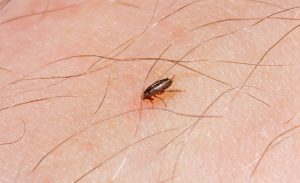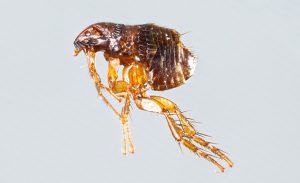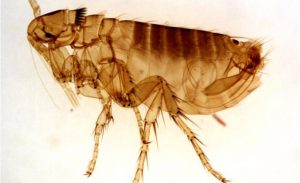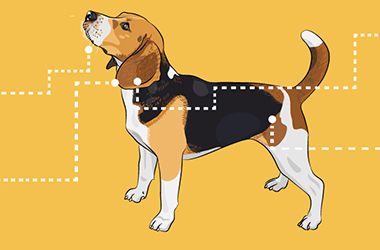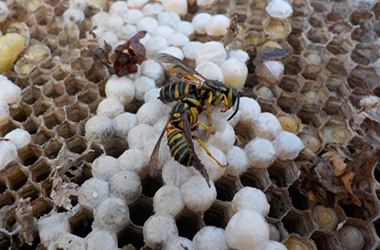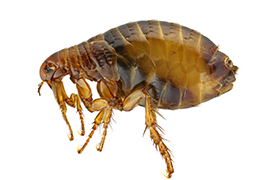
Cat Flea Facts
- Scientific name: Siphonoptera
- Size: Adults span from 1 to 2 mm long
- Color: Ruddy russet hue
Cat Flea Behavior
The cat flea, like other flea species, are compacted horizontally. A female cat flea will position her eggs on a host animal. But, once dry, the eggs have progressed to sieve out the animal fur of the host in the latent and shielding zone of the host.
Cat flea eggs then formulate into larvae. Cat flea larvae nourish on a diversity of biological matters, but the majority survives on dried blood that is sieved out of the host animal’s fur once it is left there as adult flea fecal matter. Therefore, the adult inhabitants on the host nourish the larval populace in the host’s location.
Flea larvae transform through four stages prior to turning a cocoon and penetrating the pupal phase. The pre-emergent flea does not typically appear as an undeveloped adult flea until the existence of a possible host is apparent by heat or pulsation. Recently emerged fleas are moved to leap to a different host within seconds of appearing from the cocoon. The new flea starts feeding on host blood within minutes.
- How to Get Rid of Them
- Infestation
- Bites and Treatment
